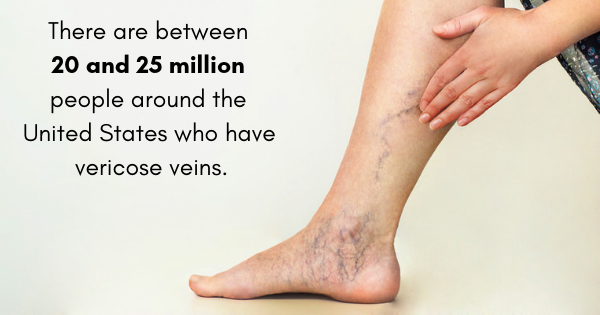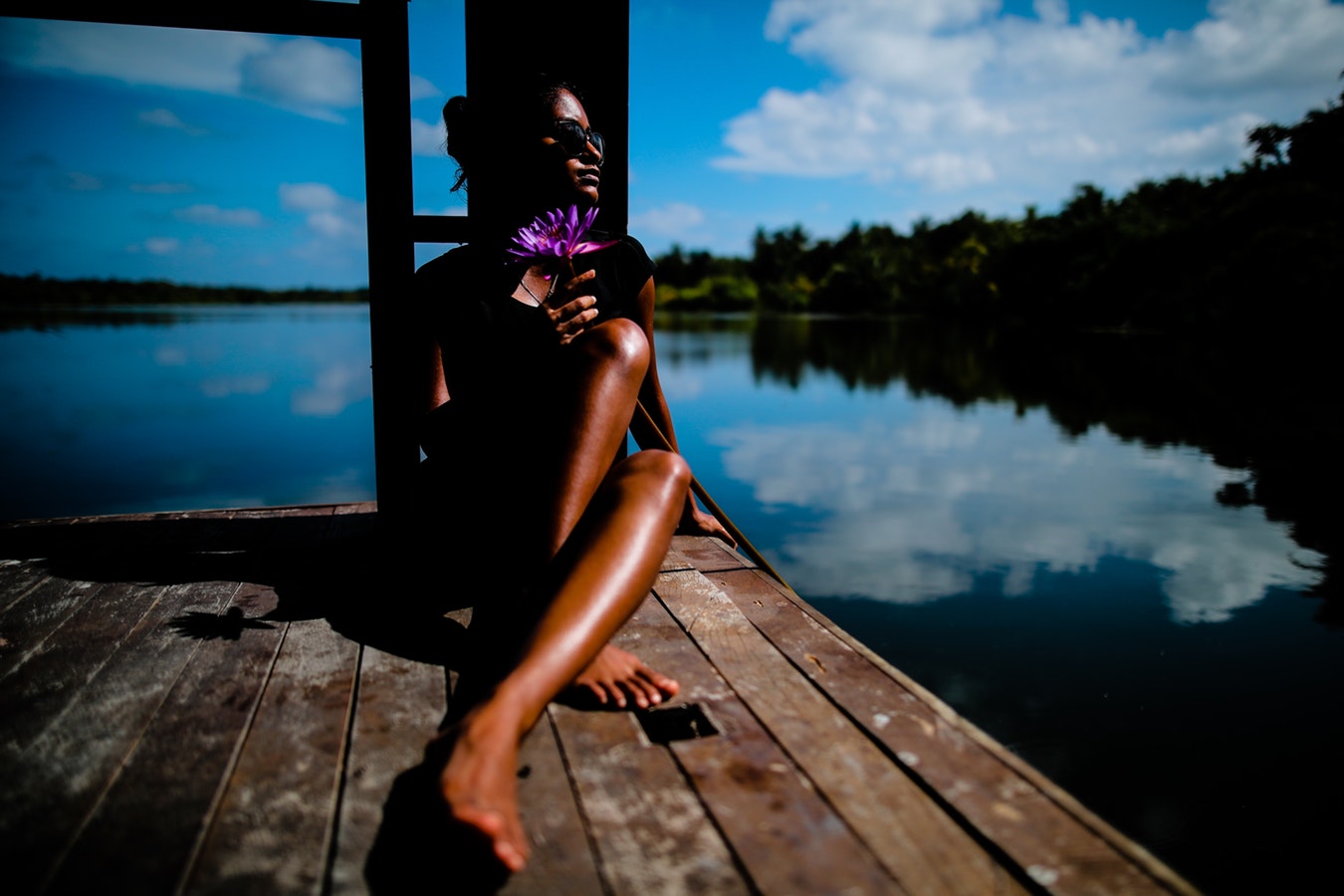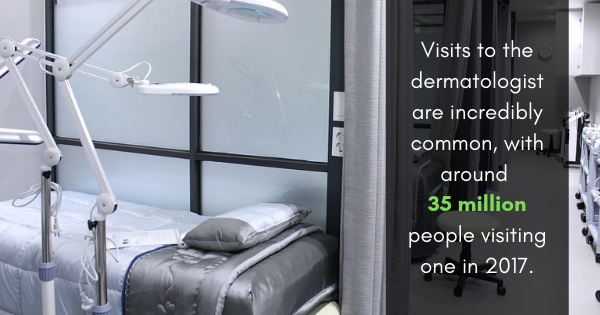
7 Things You Can Do at Home for Your Varicose Veins
No one likes to get varicose veins. There are a lot of Americans who have them. There are between 20 and 25 million people around the United States who have them, according to the American Society for Vascular Surgery. That means 35% of women have them, as do 17% of men. You can go to a professional to give you varicose vein therapy but there are also things you can do at home to get rid of them.
- Get more exercise. This is great for improving the circulation of blood through your legs. This can get rid of any blood that has pooled in the veins in your legs, getting rid of the varicose veins. Getting more exercise also helps many people lower their blood pressure. High blood pressure can cause the problem in the first place. There are some lower impact activities that will help. They are walking, biking, yoga, and swimming.
- Try compression stockings. You can get these at just about any pharmacy. These can be a very effective varicose vein therapy. By applying pressure to the legs, it makes it easier for the muscles in the legs to push blood back up and toward the heart. Research backs this up. When people who use these stockings for at least one week, they saw their pain and aching from the varicose veins was reduced. This study was completed in 2018.
- Try essential oils. When people think of trying a varicose vein therapy may not think of using essential oils to help. Research shows these products can have a noticeable impact. In 2016, this was researched and scientists found that using Aesculus hippocastanum L. a.k.a horse chestnut essential oil, people saw a reduction in their leg heaviness, pain, and itching in people who have varicose veins. In 2010, researchers discovered that Pinus maritima and Butcher’s broom oils can help people suffering from swelling (edema) in their legs. These oils need to be diluted before being applied to the skin.
- Work on your diet. When you eat food high in potassium, that is an effective varicose vein therapy. When you eat a lot of pistachios and almonds, can help lower the amount of swelling that people have throughout their body. It is also a good idea to skip foods with a lot of salt. They cause the human body to retain water, which can worsen varicose veins. Other potassium-rich foods include:
- Leafy veggies.
- Lentils and white beans.
- Salmon and tuna.
- Potatoes.
- Get more flavonoids in your diet. These can actively shrink a person’s varicose veins. They do this by improving the body’s blood circulation and reduce a person’s arterial pressure. Flavonoids improve blood circulation, which will keep the blood flowing, and make it less likely to pool in the veins. They also help to reduce blood pressure in the arteries and can relax blood vessels, all of which can reduce varicose veins. Flavonoid-rich foods include:
- Garlic.
- Some fruits, such as citrus fruits, cherries, grapes, blueberries, bell peppers, and apples.
- Some veggies, such as onions, broccoli, and spinach.
- Look into taking Vitis vinifera (grape seed oil). This can help get rid of leg swelling and help with symptoms that accompany chronic venous insufficiency, according to the National Institutes of Health. One caveat is that anyone taking blood thinning medications should avoid this because there can be a problem with bleeding. Move around more. When you sit in the same place for a long time, your blood can pool in certain areas and lead to varicose veins. One good varicose en therapy is to prevent them from occurring or make them go away by moving around, which keeps the blood circulating through your body.
- Get massages. Massage therapy can be a great varicose vein therapy. While direct pressure on the troublesome areas can cause more damage to that fragile tissue, this can do a lot to help people with varicose veins.
Problems with varicose veins send a lot of people to dermatology professionals every year. They are more than just unsightly. There is often pain, swelling, itching, and aching that come along with this problem. There are effective treatments you can get from your doctor. If you have no success at home, there are medical professionals who can offer help.










No Comments
Sorry, the comment form is closed at this time.